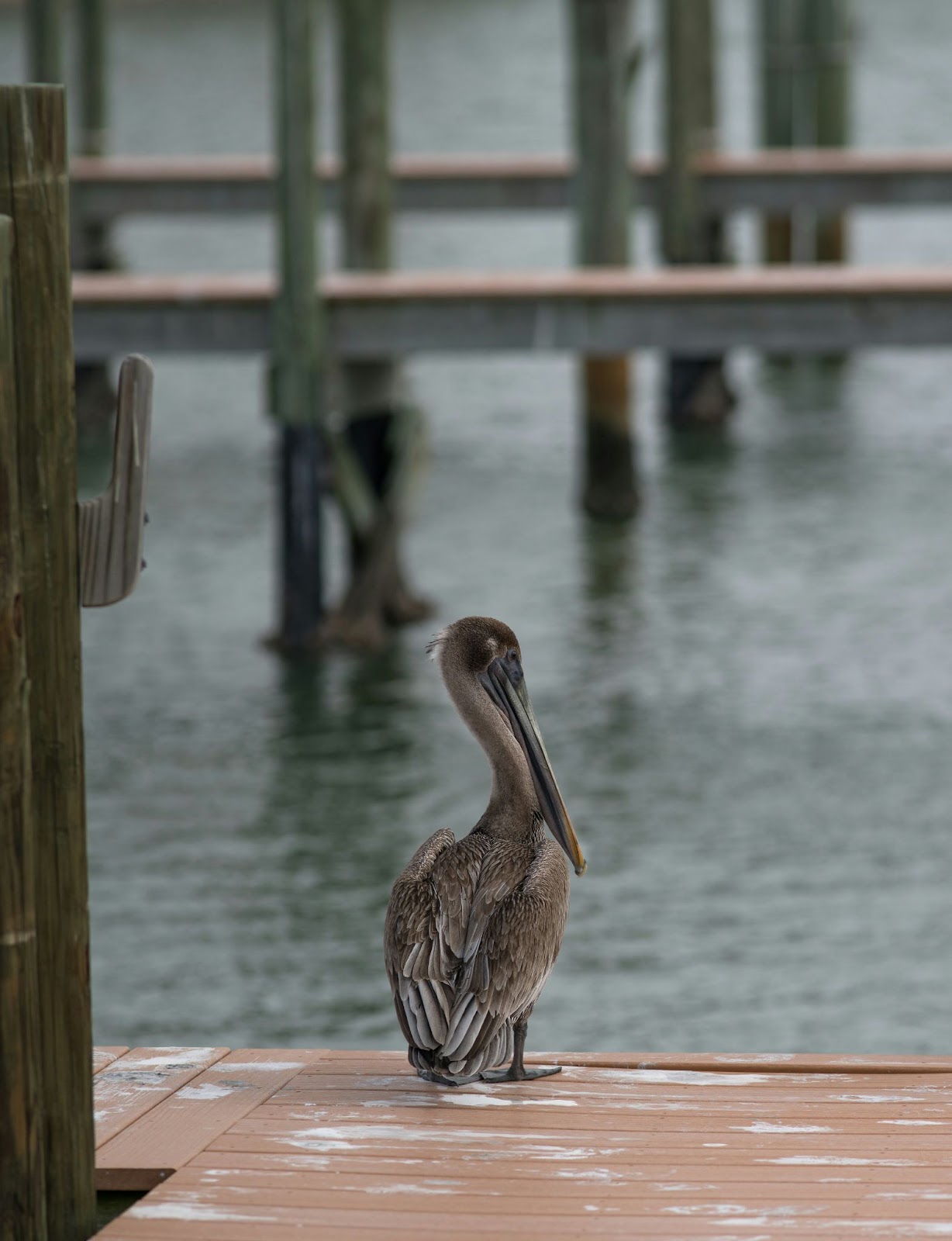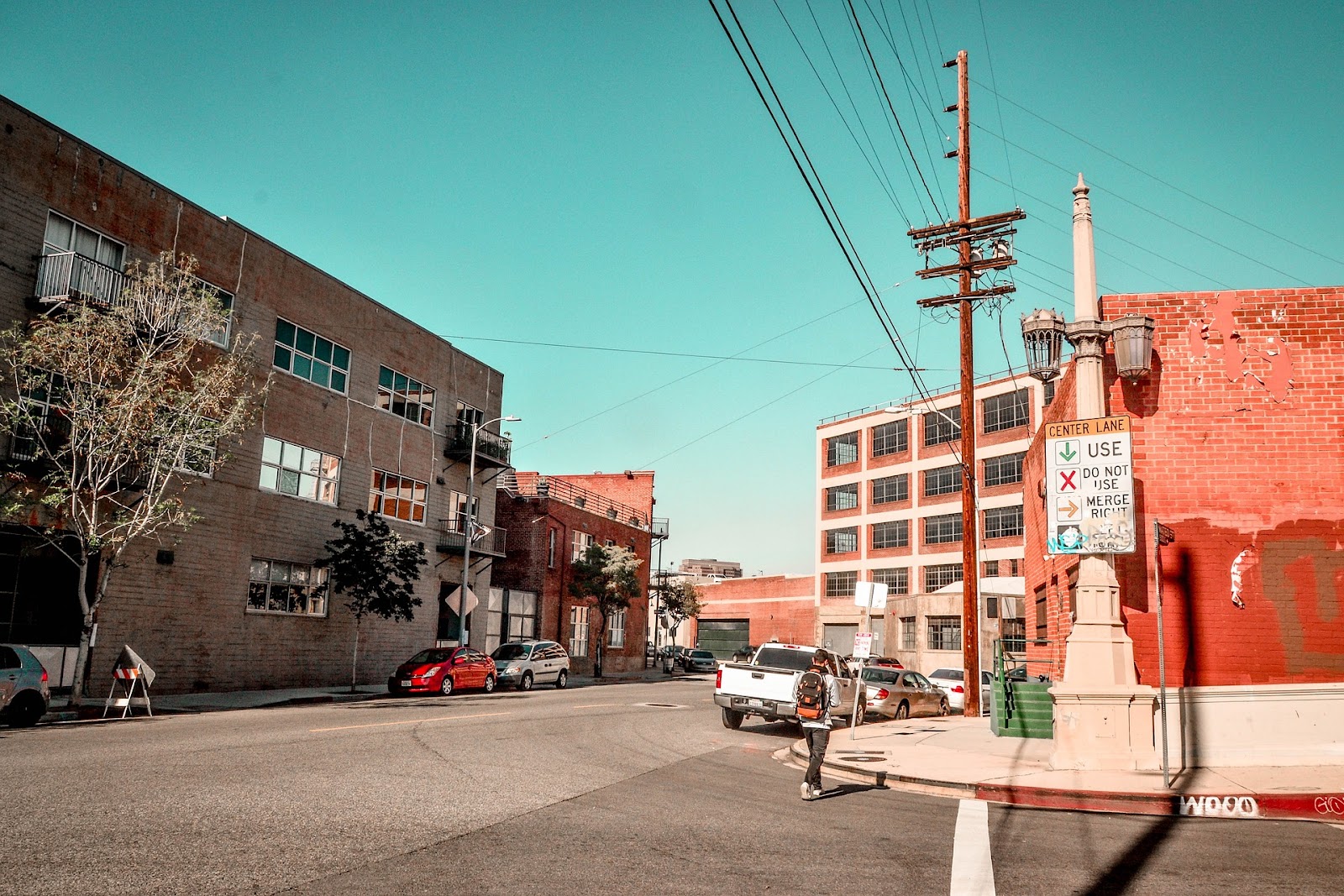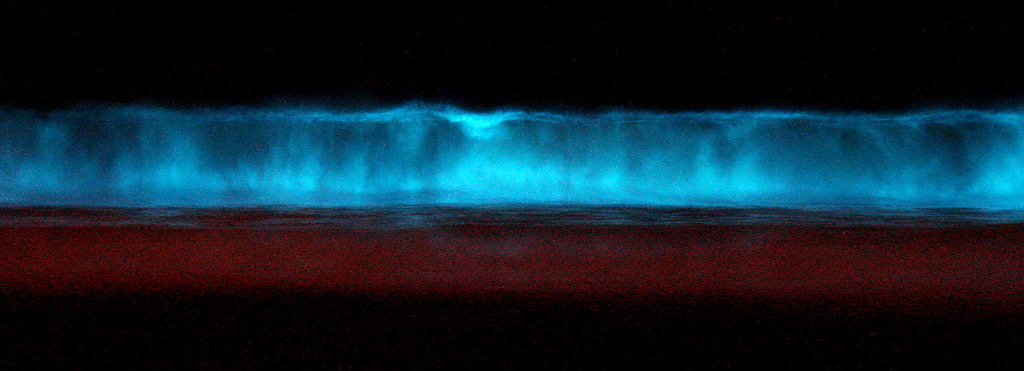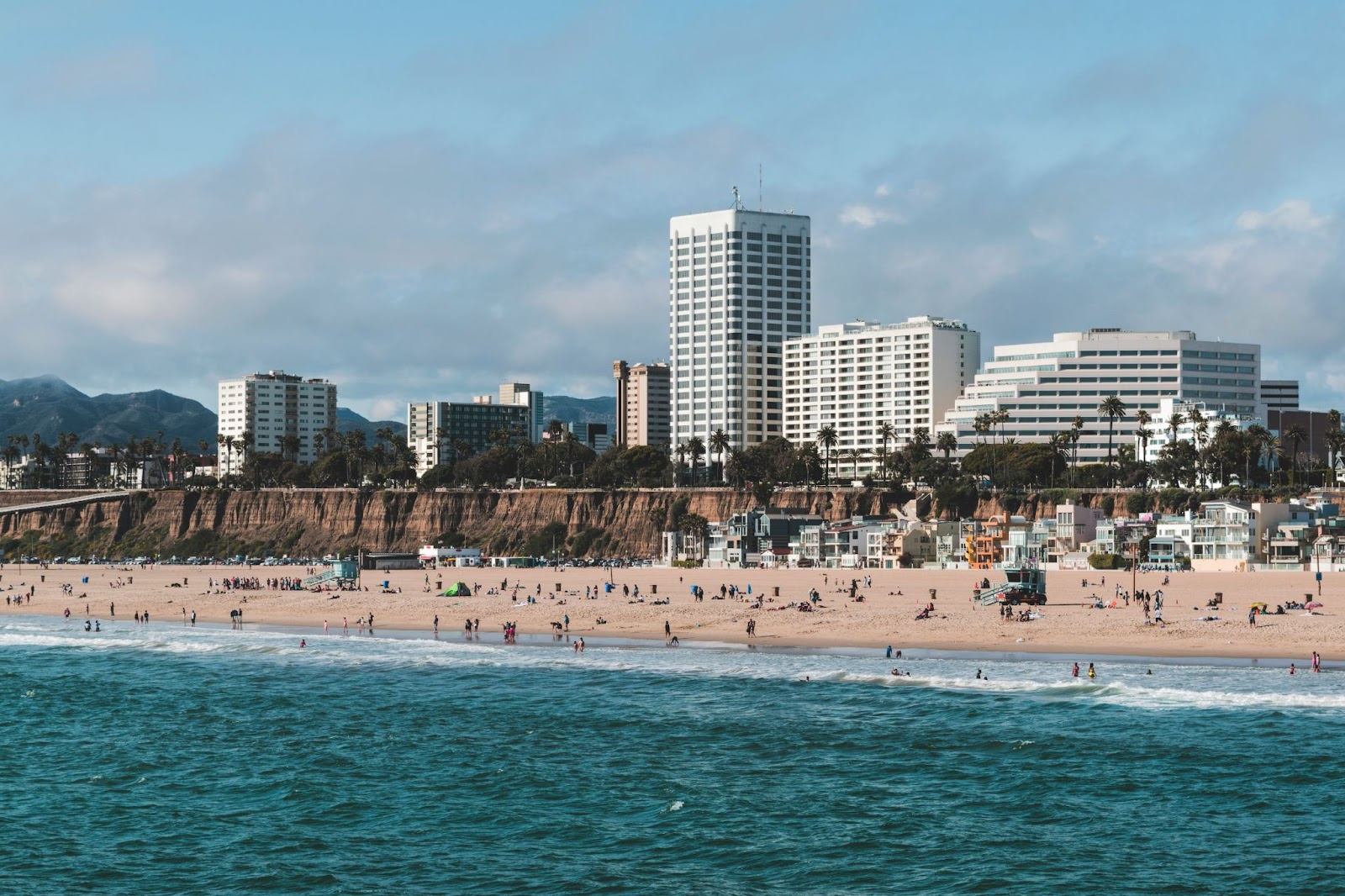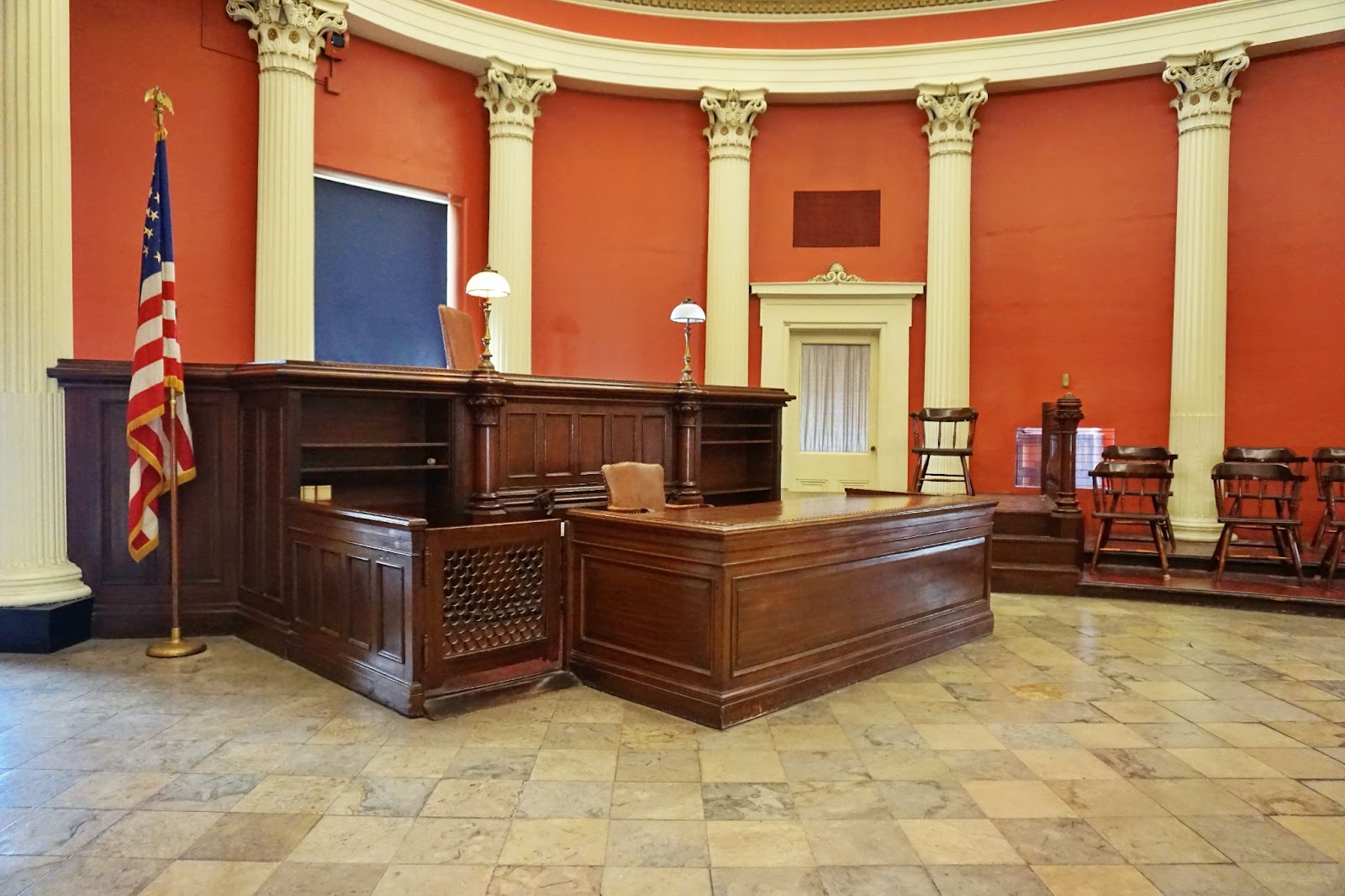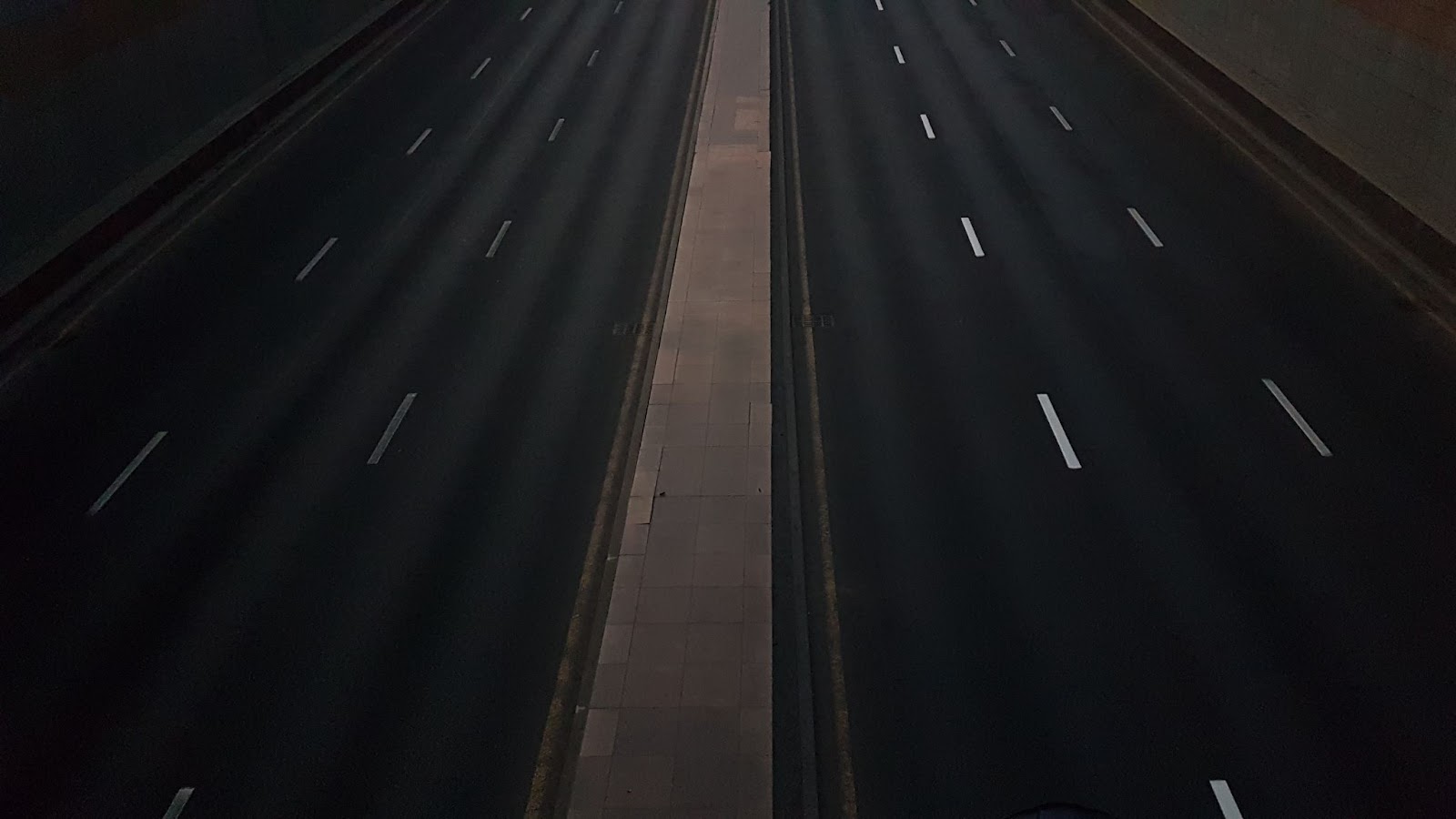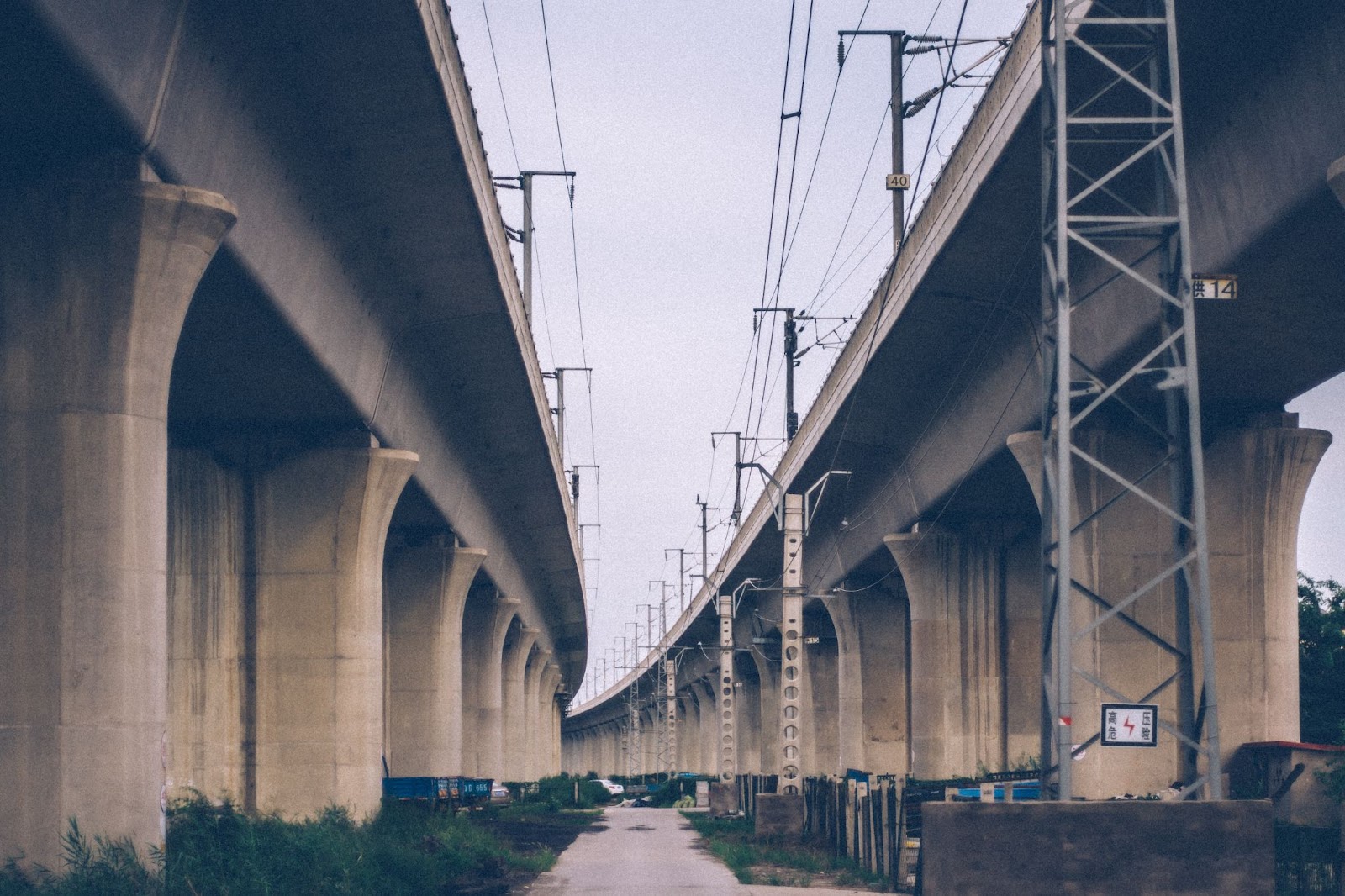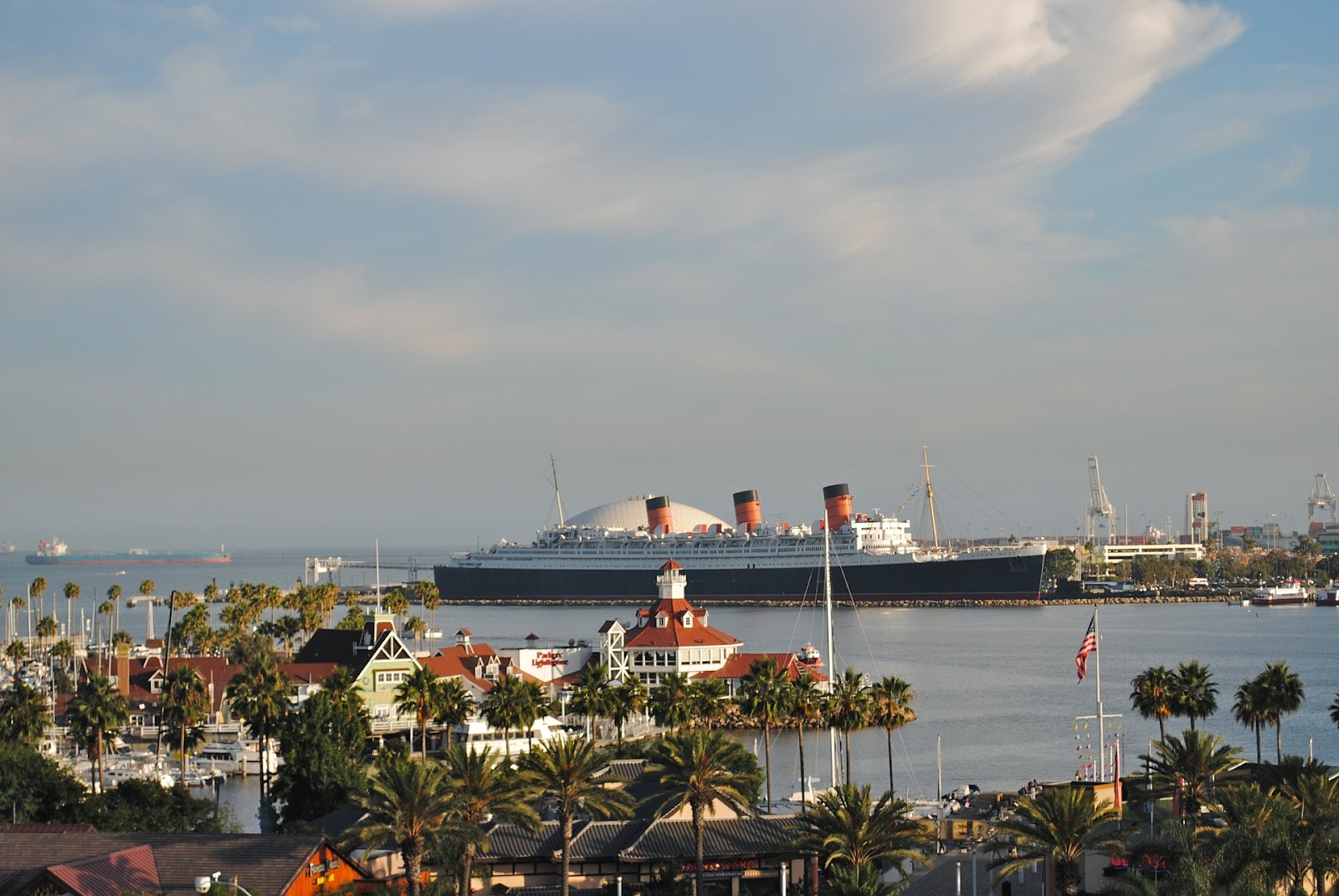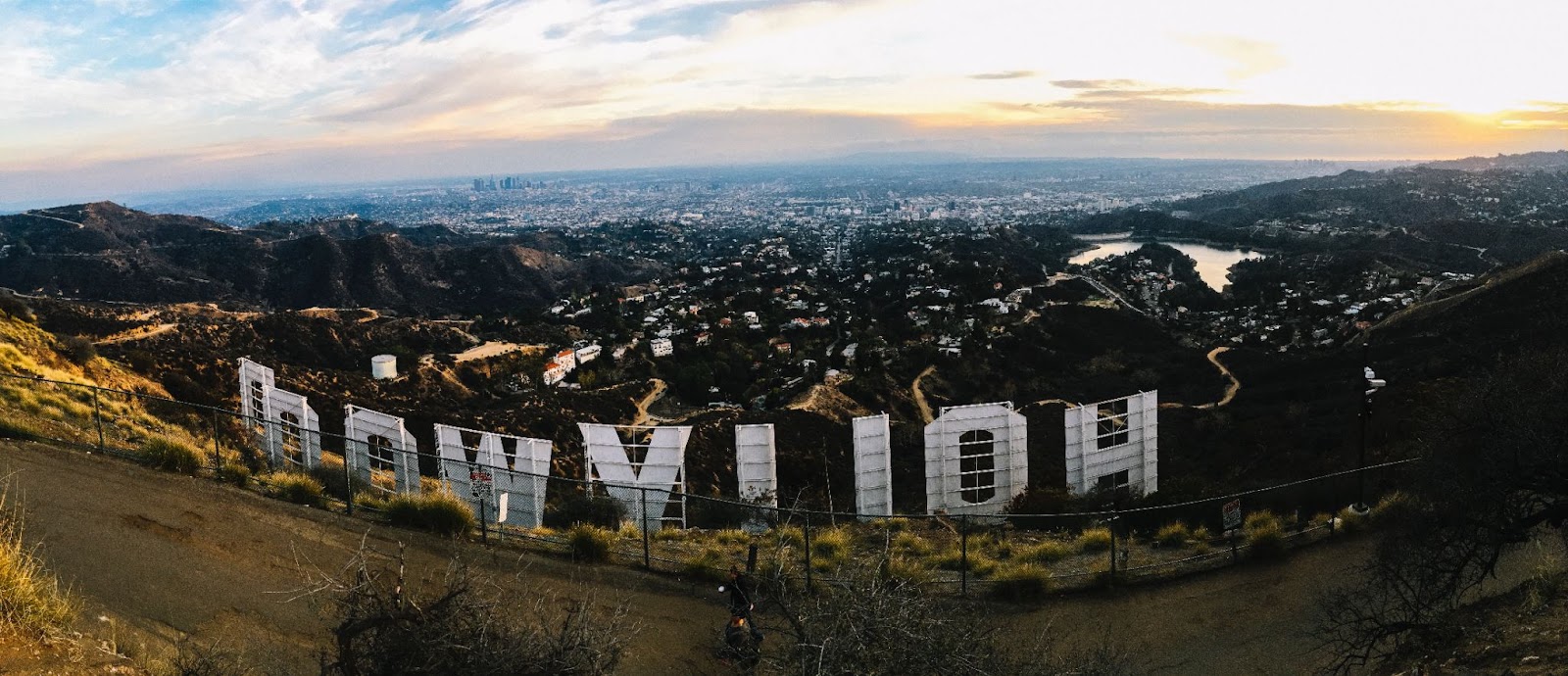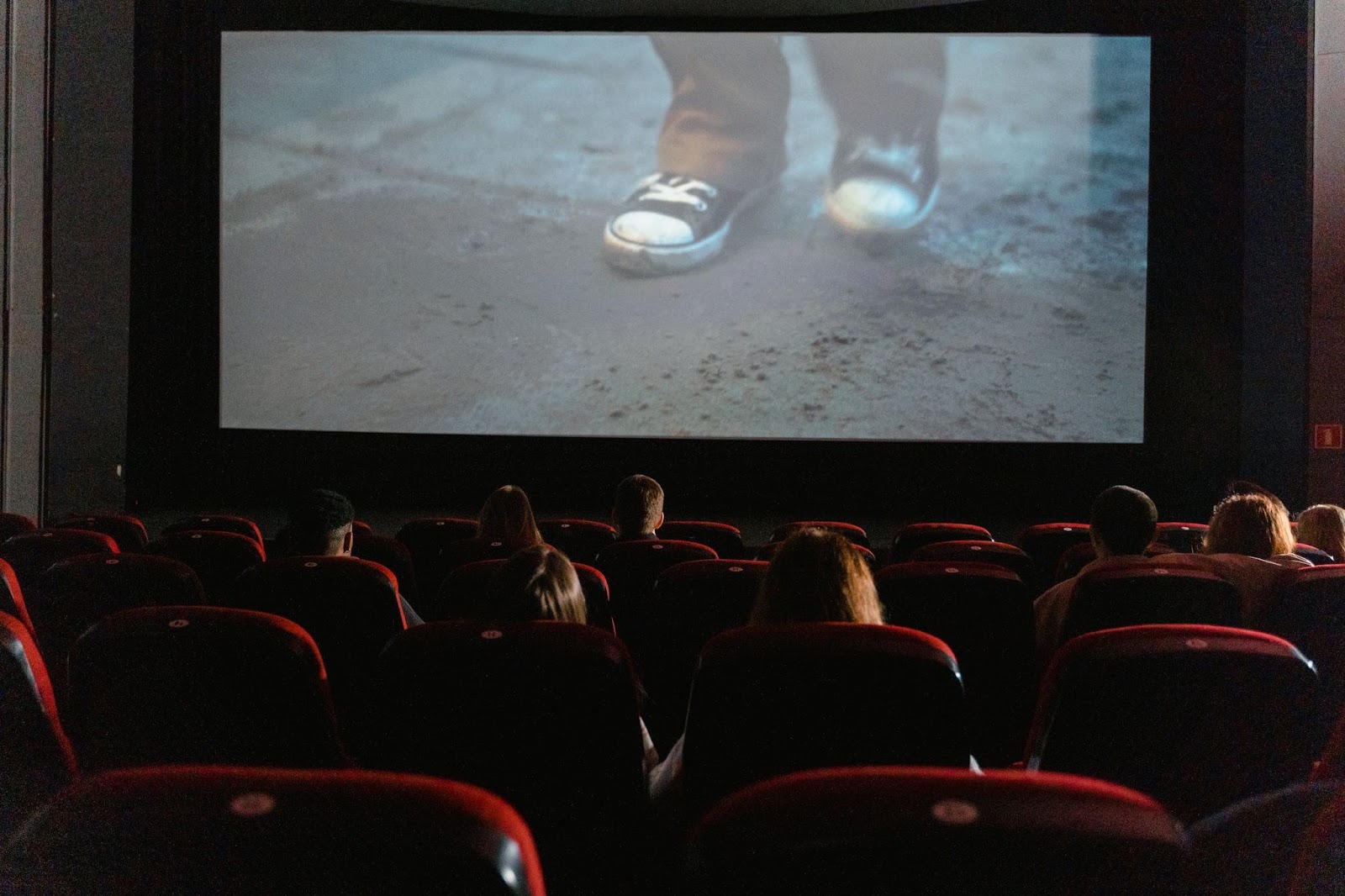The beginning of November saw the approval of a comprehensive resiliency plan by the Los Angeles County Board of Supervisors, a critical step toward addressing the fast disappearance of beaches in the county due to coastal erosion. This proactive project intends to expand on previous studies and put in place a range of protective measures to protect the shoreline from erosion’s harmful impacts, which are made worse by estimates that sea levels will increase by one foot by 2050.
The Department of Beaches and Harbors (DBH) of Los Angeles County commissioned a coastal resiliency study in 2022, which gave rise to the resiliency plan. It painstakingly identifies the four most susceptible beaches in the county: Zuma, Point Dume, Dockweiler, and Redondo. The motion by supervisors Holly Mitchell and Lindsey Horvath highlighted the urgent need for long-term fixes beyond implementing temporary berms, armoring, and beach maintenance.
Using native plants to construct “living shorelines” and natural beach anchors that keep the ocean’s erosive forces from washing sand away is a vital component of the suggested technique. Additionally, the motion considers replenishing nearby beaches using silt reclaimed from District facilities. Although this intervention can improve overall resiliency throughout the coast, the surfing community is concerned about how it may affect surf breaks.
The apprehension stems from earlier beach replenishment campaigns that had uneven outcomes and adversely affected specific surf spots. The motion addresses these concerns by mentioning the potential impact on surfing and stressing the need to carefully weigh the resilience goals against the preservation of surf breaks. The DBH has committed to engaging with coastal stakeholders, such as environmental organizations and advocacy groups concentrating on certain surf zones, to ensure a collaborative and inclusive decision-making process.
The impact on coastal leisure activities, especially surfing, has been given careful attention, as stated by Tom Ford, CEO of the Bay Foundation. This non-profit environmental organization was consulted throughout the motion’s formulation. He stresses that sediment needs to be appropriately placed to maximize advantages and minimize detrimental effects on surf breaks.
Ford acknowledges that there may be small-scale, transient changes to surf breaks but argues that the overall benefits of these replenishment programs—which address the ongoing problem of beaches deficient in sediment—far exceed the drawbacks. The resilience plan is an essential first step in halting coastal erosion, protecting beloved surf spots, and guaranteeing that the public will always be able to visit these famous beaches.
The surfing community looks forward to further information about how these suggested measures will work and whether they will change surfing as the resiliency plan progresses. Surf advocacy groups, government agencies, and environmentalists must work together to carefully assess and balance the need to protect the coastline and maintain the integrity of surf breaks.
This resiliency plan, which shows a dedication to sustainable practices and a shared will to face the difficulties faced by rising sea levels and deteriorating beaches, serves as a beacon of hope in the changing story of coastal conservation. It is a model for coastal communities worldwide facing comparable problems and being a local project. The plan’s precise effects on the distinctive surf culture of Los Angeles County are yet unknown, but the overall goal is still very much the same: to create a resilient future in which the beloved surf breaks and the coastline coexist.









































